Home>Gardening & Outdoor>Landscaping Ideas>How To Make Compost From Grass Clippings
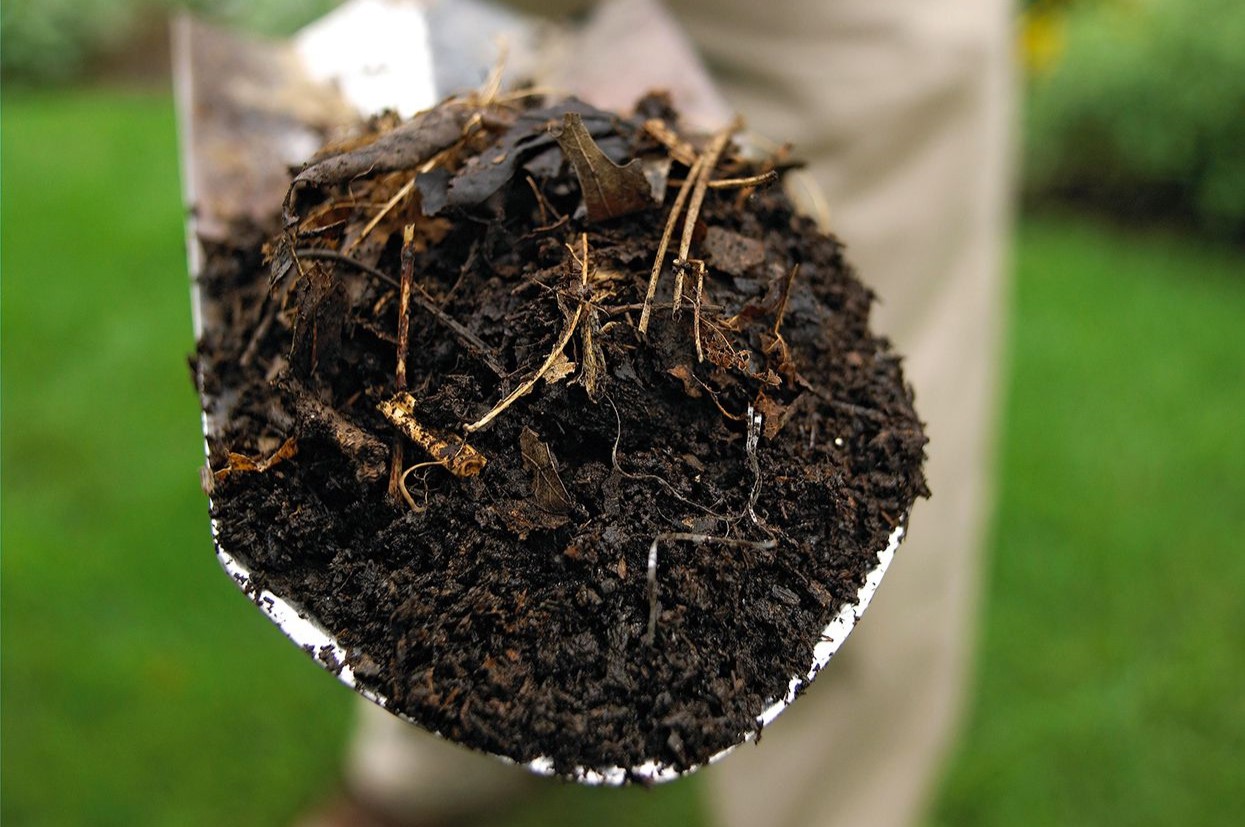

Landscaping Ideas
How To Make Compost From Grass Clippings
Modified: February 17, 2024
Learn how to make nutrient-rich compost from grass clippings with our landscaping ideas. Turn your yard waste into a sustainable garden resource today!
(Many of the links in this article redirect to a specific reviewed product. Your purchase of these products through affiliate links helps to generate commission for Storables.com, at no extra cost. Learn more)
Introduction
So, you've just finished mowing your lawn and now you're left with a heap of grass clippings. What do you do with them? Well, instead of bagging them up and sending them off to the landfill, consider turning them into nutrient-rich compost for your garden. Composting grass clippings is not only a sustainable way to manage yard waste, but it also provides a valuable resource for improving soil health and promoting plant growth.
In this comprehensive guide, we will explore the benefits of composting grass clippings and provide you with practical tips on how to effectively turn this green waste into "black gold" for your garden. Whether you're a seasoned gardener or just starting out, learning how to make compost from grass clippings can elevate your gardening game while contributing to a more eco-friendly and sustainable lifestyle.
So, put on your gardening gloves and let's delve into the wonderful world of composting grass clippings!
Key Takeaways:
- Turn grass clippings into compost to reduce waste, enrich soil, and save money on fertilizers. Embrace sustainability and empower your garden with nutrient-rich “black gold” from your own yard.
- Composting grass clippings promotes eco-friendly gardening, empowers you to nurture your garden, and fosters a deeper connection to nature. Join the movement towards sustainable practices and inspire others to do the same!
Read more: How Long For Grass Clippings To Compost
Benefits of Composting Grass Clippings
Composting grass clippings offers a myriad of benefits for both your garden and the environment. Here are some compelling reasons to consider turning your grass clippings into nutrient-rich compost:
- Reduced Waste: By composting grass clippings, you divert organic material from landfills, reducing the burden on waste management systems and minimizing greenhouse gas emissions associated with organic waste decomposition.
- Soil Enrichment: Grass clippings are rich in nitrogen, an essential nutrient for plant growth. When composted, they break down into a nutrient-dense organic matter that enhances soil fertility and improves the overall structure of the soil, promoting healthier plant growth.
- Cost Savings: Utilizing grass clippings as compost eliminates the need for store-bought fertilizers, saving you money while providing a sustainable and eco-friendly alternative for nourishing your garden.
- Water Retention: Compost derived from grass clippings helps improve soil’s water retention capacity, reducing the frequency of irrigation and promoting drought resistance in plants.
- Microbial Activity: The decomposition of grass clippings fosters a thriving ecosystem of beneficial microorganisms in the soil, enhancing its biological activity and creating a more hospitable environment for plant roots.
- Reduced Erosion: Compost-amended soil exhibits improved structure and stability, reducing the risk of erosion and preserving the integrity of your garden beds, especially in areas prone to heavy rainfall or wind.
By composting your grass clippings, you not only minimize waste but also contribute to the health and vitality of your garden, all while embracing a more sustainable approach to gardening and landscaping.
Choosing the Right Location
When setting up a composting site for your grass clippings, selecting the right location is crucial for ensuring the success of the composting process. Here are some key considerations to keep in mind:
- Accessibility: Choose a location that is easily accessible from your lawn or garden to facilitate the regular addition of grass clippings to the compost pile. Convenience plays a significant role in maintaining a consistent composting routine.
- Drainage: Opt for a well-drained area to prevent waterlogging, which can impede the composting process and lead to unpleasant odors. Adequate drainage ensures that excess moisture can drain away, maintaining the ideal moisture levels within the compost pile.
- Sunlight: While not essential, a partially sunny spot can help accelerate the decomposition of grass clippings. Sunlight aids in maintaining optimal temperatures within the compost pile, supporting the activity of beneficial microorganisms responsible for breaking down organic matter.
- Air Circulation: Ensure that the chosen location allows for good air circulation. Proper aeration is vital for the composting process, as it facilitates the flow of oxygen, which is essential for the aerobic decomposition of organic materials.
- Proximity to Water Source: Consider the proximity to a water source, as occasional moistening of the compost pile may be necessary to maintain the ideal moisture content. Having a water source nearby simplifies the process of moistening the compost as needed.
- Odor Considerations: If possible, position the composting site away from living areas to minimize any potential odors that may arise during the decomposition process. While well-maintained compost should not emit foul odors, strategic placement can help mitigate any concerns.
By carefully selecting a suitable location for your compost pile, you can create an optimal environment for the decomposition of grass clippings, setting the stage for the successful transformation of green waste into nutrient-rich compost for your garden.
Collecting and Storing Grass Clippings
Once you’ve mowed your lawn, the next step is to collect and store the grass clippings for composting. Proper collection and storage methods can help ensure that the grass clippings remain fresh and suitable for composting. Here’s how to go about it:
- Use the Right Mowing Equipment: To facilitate the collection of grass clippings, consider using a mulching mower or a mower with a bagging attachment. Mulching mowers finely chop the clippings and disperse them back onto the lawn, while bagging mowers collect the clippings in an attached bag for easy removal.
- Timing is Key: Aim to mow your lawn when the grass is dry to prevent clumping and ensure even distribution of clippings. Wet clippings can mat together, making it challenging to collect and store them effectively.
- Proper Storage Containers: As you collect the grass clippings, transfer them to a dedicated storage container, such as a compost bin or a designated area in your yard. Avoid using plastic bags, as they can restrict airflow and lead to anaerobic decomposition, resulting in unpleasant odors.
- Layering and Moisture Control: If you anticipate a large volume of grass clippings, consider layering them with dry, carbon-rich materials such as leaves or shredded paper to create a balanced compost mix. Additionally, monitor the moisture levels within the storage container to prevent the clippings from becoming excessively wet or dry, as this can hinder the composting process.
- Avoid Herbicide-Treated Grass: Refrain from composting grass clippings from lawns treated with herbicides, as these chemicals can persist in the compost and potentially harm your plants. If you’re uncertain about the use of herbicides on your lawn, it’s best to err on the side of caution and refrain from composting the clippings.
- Regular Addition to the Compost Pile: If you’re unable to compost the grass clippings immediately, aim to add them to the compost pile within a few days to preserve their freshness and nutrient content. Prompt incorporation into the composting process ensures that the clippings contribute effectively to the overall compost mix.
By following these guidelines for collecting and storing grass clippings, you can prepare a valuable resource for composting, setting the stage for the transformation of green waste into nutrient-rich organic matter for your garden.
Mix grass clippings with brown materials like leaves or shredded paper to create a balanced compost pile. Turn the pile regularly to aerate and speed up the decomposition process.
Adding Other Organic Materials
While grass clippings can serve as an excellent source of nitrogen in your compost pile, it’s essential to balance them with carbon-rich materials to create a well-rounded and nutrient-dense compost mix. Incorporating a variety of organic materials can enhance the composting process and yield a high-quality finished product. Here are some organic materials to consider adding to your compost pile alongside grass clippings:
- Leaves: Fallen leaves, especially those from deciduous trees, provide an abundant source of carbon. Shred or chop the leaves to expedite their decomposition and ensure they integrate well with the grass clippings.
- Vegetable and Fruit Scraps: Kitchen scraps such as fruit peels, vegetable trimmings, and coffee grounds introduce additional nutrients and organic matter to the compost pile. However, avoid adding meat, dairy, or oily foods, as they can attract pests and slow down the composting process.
- Straw or Hay: Straw or hay, often used as animal bedding, can contribute to the carbon content of the compost. These materials help create air pockets within the compost pile, promoting aeration and optimal decomposition.
- Shredded Paper and Cardboard: Unbleached paper products, such as shredded newspaper, cardboard, or paper egg cartons, offer a carbon-rich component to balance the nitrogen-rich grass clippings. Ensure that the paper products are free from glossy or colored inks.
- Wood Chips and Sawdust: Small quantities of untreated wood chips or sawdust can introduce carbon and help maintain aeration within the compost pile. However, avoid using excessive amounts of woody materials, as they decompose slowly and can hinder the overall composting process.
- Manure: Well-aged animal manure, such as from herbivorous animals like cows or horses, provides valuable nutrients and beneficial microorganisms that accelerate decomposition. However, use manure sparingly to prevent an imbalance in the compost mix.
By combining grass clippings with a diverse array of organic materials, you create a balanced and nutrient-rich environment within the compost pile. This diverse mix fosters the activity of beneficial microorganisms, accelerates decomposition, and ultimately yields a high-quality compost that can nourish your garden and promote robust plant growth.
Turning and Aerating the Compost
Proper aeration and regular turning are essential practices for maintaining a healthy and efficient compost pile, especially when composting grass clippings. These activities promote oxygen flow and create an optimal environment for the decomposition of organic materials. Here’s how to effectively turn and aerate your compost:
- Importance of Aeration: Oxygen is a crucial component of aerobic decomposition, the preferred method for composting organic materials. Adequate aeration facilitates the activity of beneficial aerobic microorganisms, ensuring the efficient breakdown of grass clippings and other organic matter.
- Turning Frequency: Aim to turn the compost pile every 1-2 weeks to introduce fresh oxygen and redistribute the organic materials. Regular turning prevents the formation of anaerobic pockets within the pile, which can lead to unpleasant odors and slow decomposition.
- Tools for Turning: Use a pitchfork, compost aerator, or specialized compost turning tool to gently mix and aerate the compost pile. Avoid compacting the materials during turning, as this can impede airflow and disrupt the decomposition process.
- Monitoring Moisture Levels: While turning the compost, assess the moisture content of the pile. The compost should resemble a damp sponge, with adequate moisture for microbial activity. If the compost appears too dry, lightly moisten it with a watering can to maintain the ideal moisture levels.
- Observing Temperature Changes: During turning, take note of any temperature variations within the compost pile. A rise in temperature is indicative of active decomposition, while a persistent low temperature may signal the need for adjustments in the compost mix or turning frequency.
- Layering and Balancing Materials: As you turn the compost, ensure that the grass clippings are thoroughly mixed with other organic materials. This promotes a balanced carbon-to-nitrogen ratio, fostering optimal decomposition and preventing the formation of compacted layers within the pile.
By incorporating regular turning and aeration into your composting routine, you create an oxygen-rich environment that supports the efficient breakdown of grass clippings and other organic materials. These practices contribute to the production of high-quality compost, teeming with beneficial microorganisms and nutrients, ready to enrich your garden soil and nourish your plants.
Using the Finished Compost
Once your composting efforts have yielded a rich, dark, and crumbly finished product, it’s time to reap the rewards of your labor by incorporating the compost into your garden and reaping its numerous benefits. Here’s how you can effectively utilize the finished compost to enhance your garden’s health and vitality:
- Soil Amendment: Incorporate the finished compost into your garden soil to improve its structure, fertility, and water retention capacity. Mix the compost thoroughly into the topsoil or use it as a top dressing around existing plants to provide a steady supply of nutrients.
- Planting and Transplanting: Prior to planting or transplanting, blend the compost with the native soil to create a nutrient-rich planting mix. This enhances the soil’s ability to support healthy root development and provides an ample supply of essential nutrients for newly established plants.
- Mulching: Apply a layer of compost as mulch around garden beds, containers, and landscaping areas. Compost mulch helps regulate soil temperature, suppresses weed growth, retains moisture, and gradually releases nutrients into the soil as it decomposes.
- Compost Tea: Create a nutrient-rich compost tea by steeping finished compost in water. Use this compost-infused liquid to water your plants, providing them with a gentle yet potent dose of organic nutrients and beneficial microorganisms.
- Soil Rejuvenation: Revitalize tired or depleted soil by incorporating compost into areas that have been overworked or subjected to intensive cultivation. The compost replenishes essential nutrients, restores microbial activity, and promotes a healthier soil ecosystem.
- Container Gardening: When gardening in containers, blend the finished compost with potting mix to create a nutrient-dense growing medium. The compost enhances the soil structure and provides a continuous source of nourishment for container-grown plants.
By integrating the finished compost into your gardening practices, you infuse the soil with a wealth of organic matter, essential nutrients, and beneficial microorganisms. This fosters robust plant growth, improves soil health, and sets the stage for a thriving and sustainable garden ecosystem.
Conclusion
Composting grass clippings presents an opportunity to transform a common yard waste material into a valuable resource for your garden. By harnessing the power of decomposition, you can convert grass clippings and other organic materials into nutrient-rich compost that nourishes your plants, enhances soil fertility, and promotes a more sustainable approach to gardening. As you embark on your composting journey, consider the following key takeaways:
- Sustainability: Composting grass clippings reduces waste, minimizes environmental impact, and supports a circular approach to managing organic materials.
- Soil Health: The resulting compost enriches the soil, improves its structure, and fosters a thriving ecosystem of beneficial microorganisms, contributing to healthier and more resilient plants.
- Resourcefulness: By utilizing grass clippings and other organic materials, you create a cost-effective and eco-friendly alternative to store-bought fertilizers and soil amendments.
- Empowerment: Composting empowers you to take an active role in nurturing your garden, fostering a deeper connection to the natural cycles of growth and regeneration.
- Community Impact: Sharing your knowledge and enthusiasm for composting can inspire others to embrace sustainable practices, creating a ripple effect of positive environmental stewardship.
As you embark on your composting journey, remember that patience and consistency are key. Embrace the natural processes of decomposition, turning, and aeration, and celebrate the gradual transformation of organic matter into a valuable resource for your garden. Whether you’re a seasoned gardener or a newcomer to composting, the act of recycling grass clippings into nutrient-rich compost is a rewarding endeavor that contributes to a greener, more sustainable world.
So, roll up your sleeves, gather your grass clippings, and embark on this enriching journey of composting. Your garden – and the planet – will thank you for it!
Frequently Asked Questions about How To Make Compost From Grass Clippings
Was this page helpful?
At Storables.com, we guarantee accurate and reliable information. Our content, validated by Expert Board Contributors, is crafted following stringent Editorial Policies. We're committed to providing you with well-researched, expert-backed insights for all your informational needs.
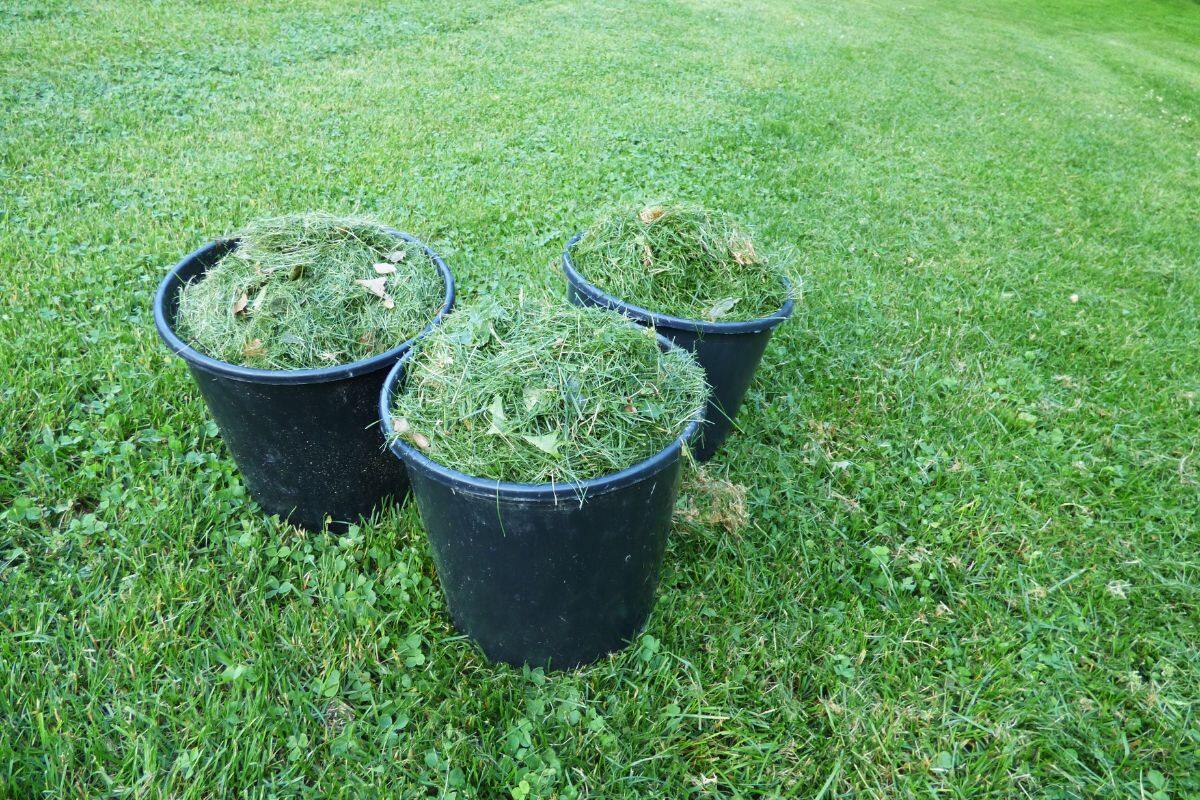
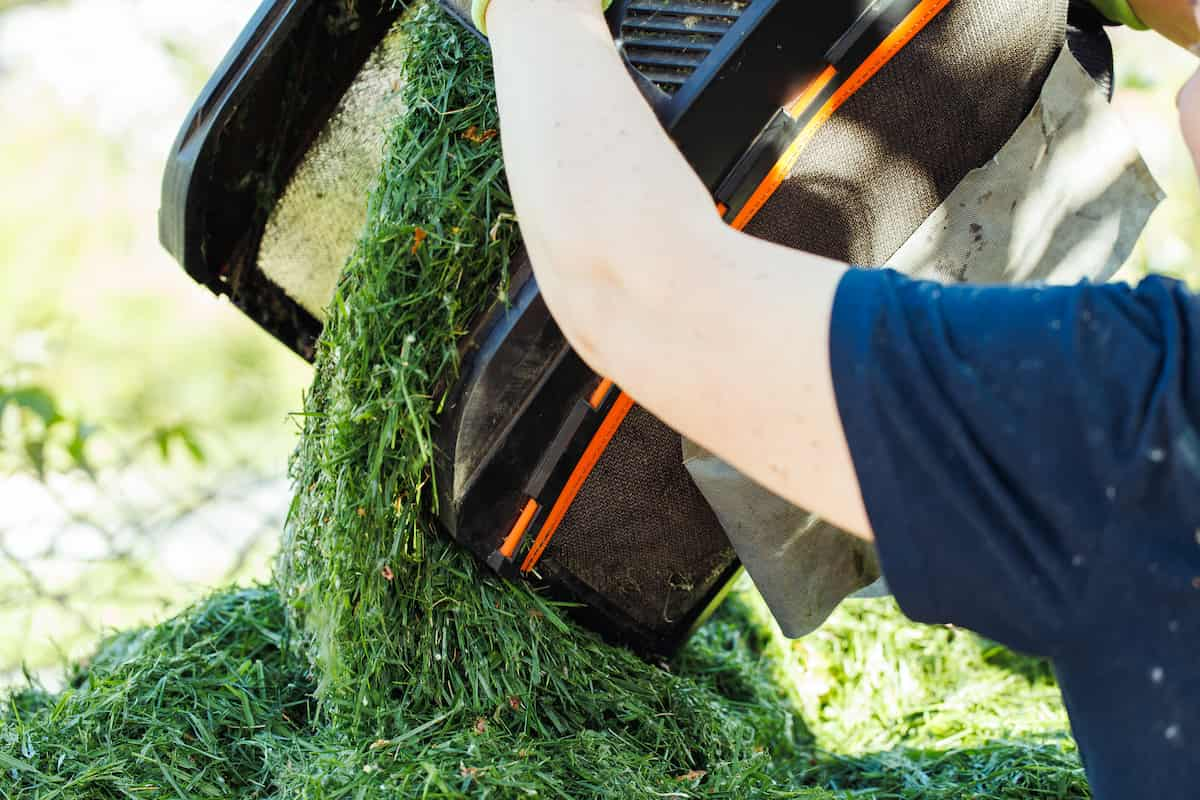
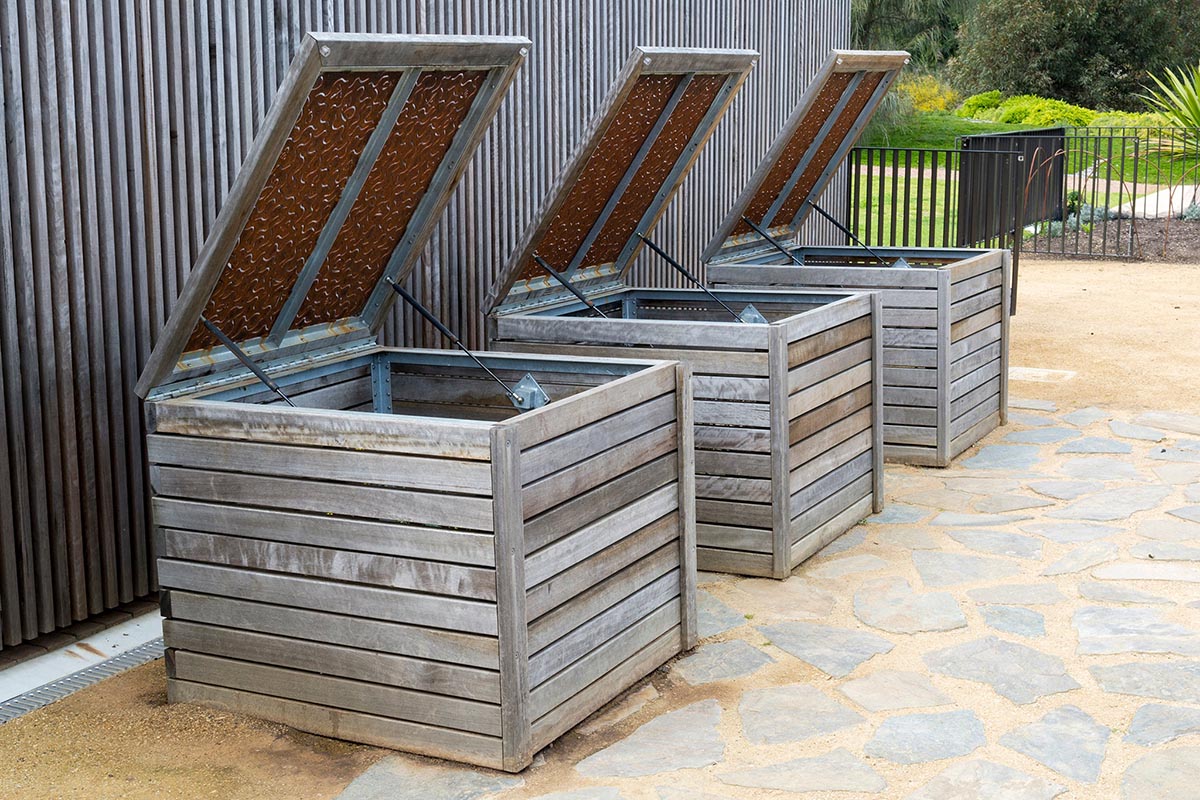
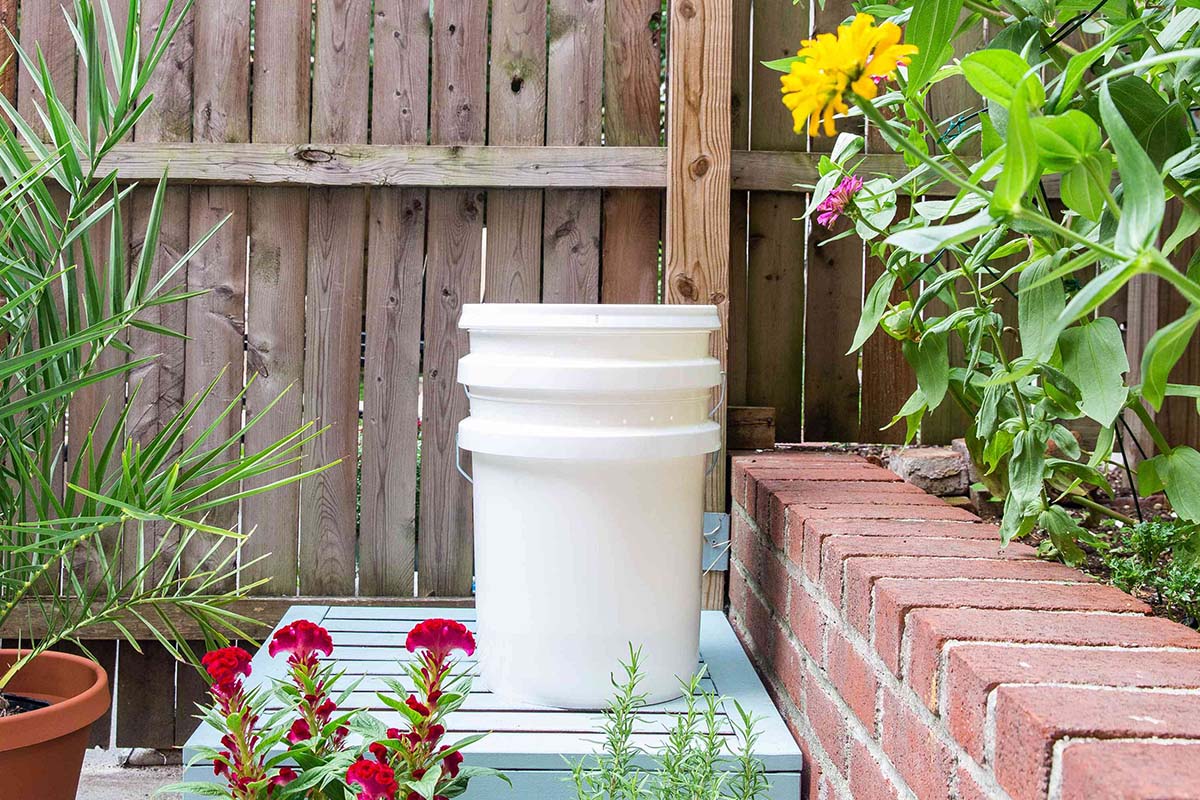
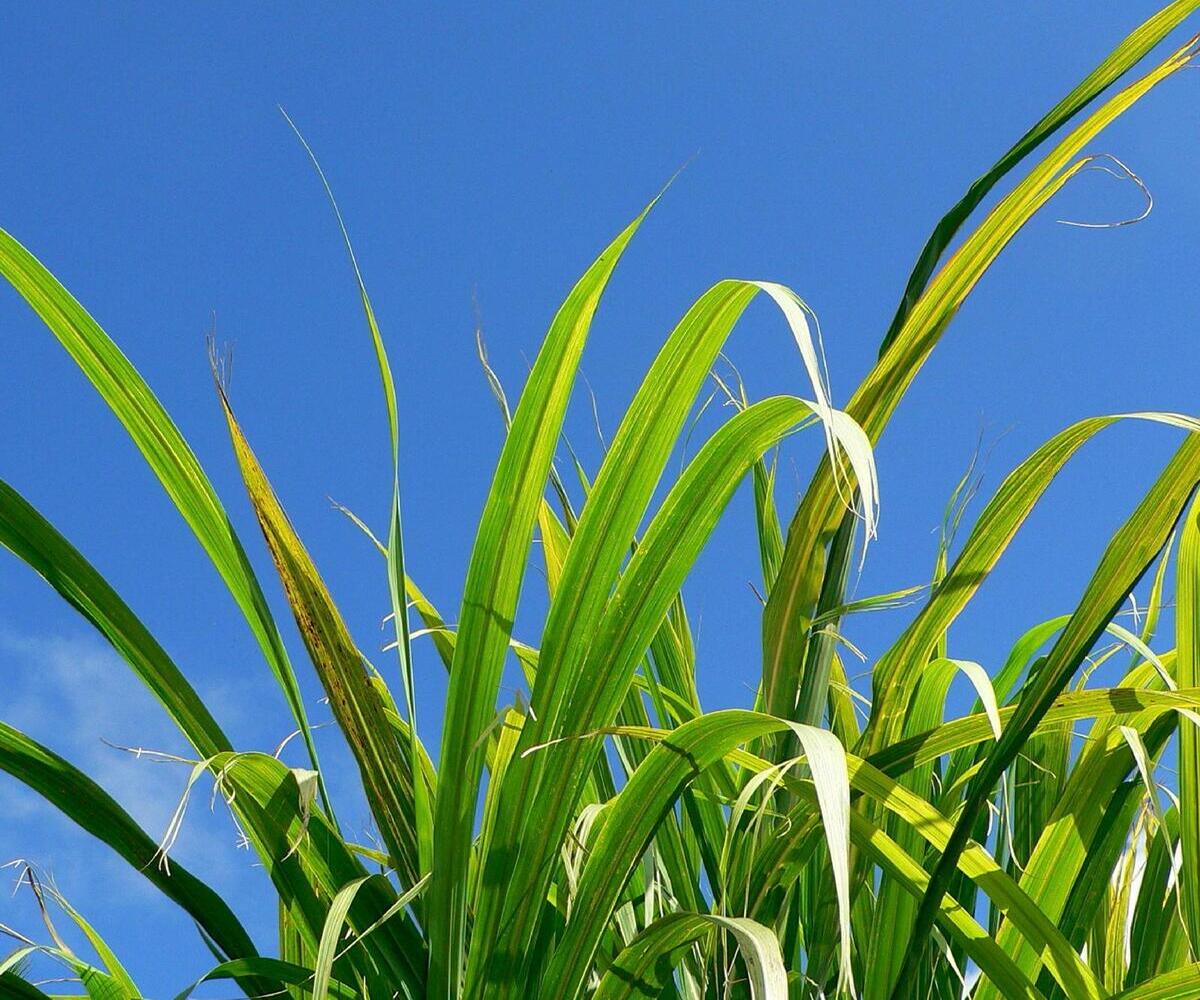
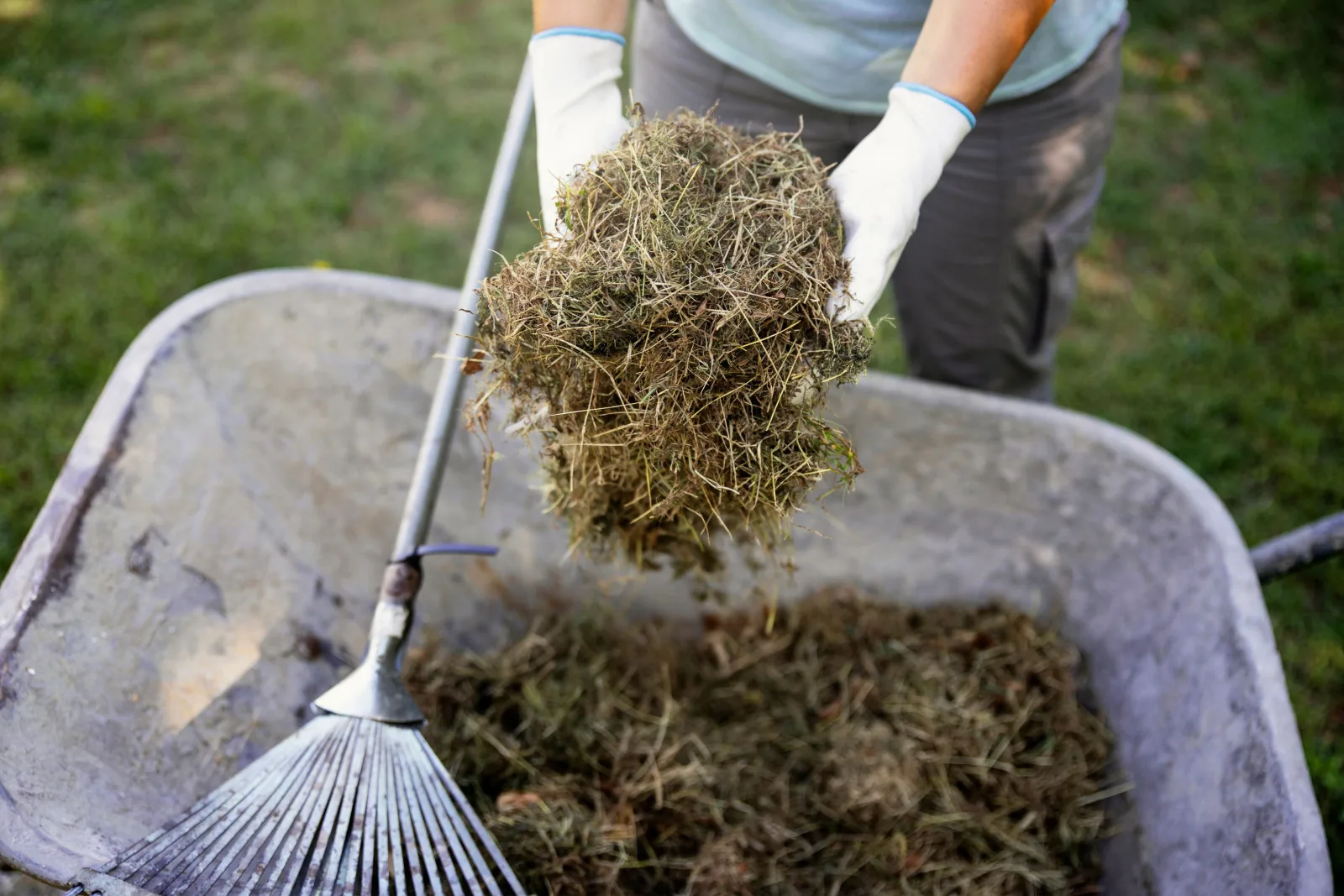
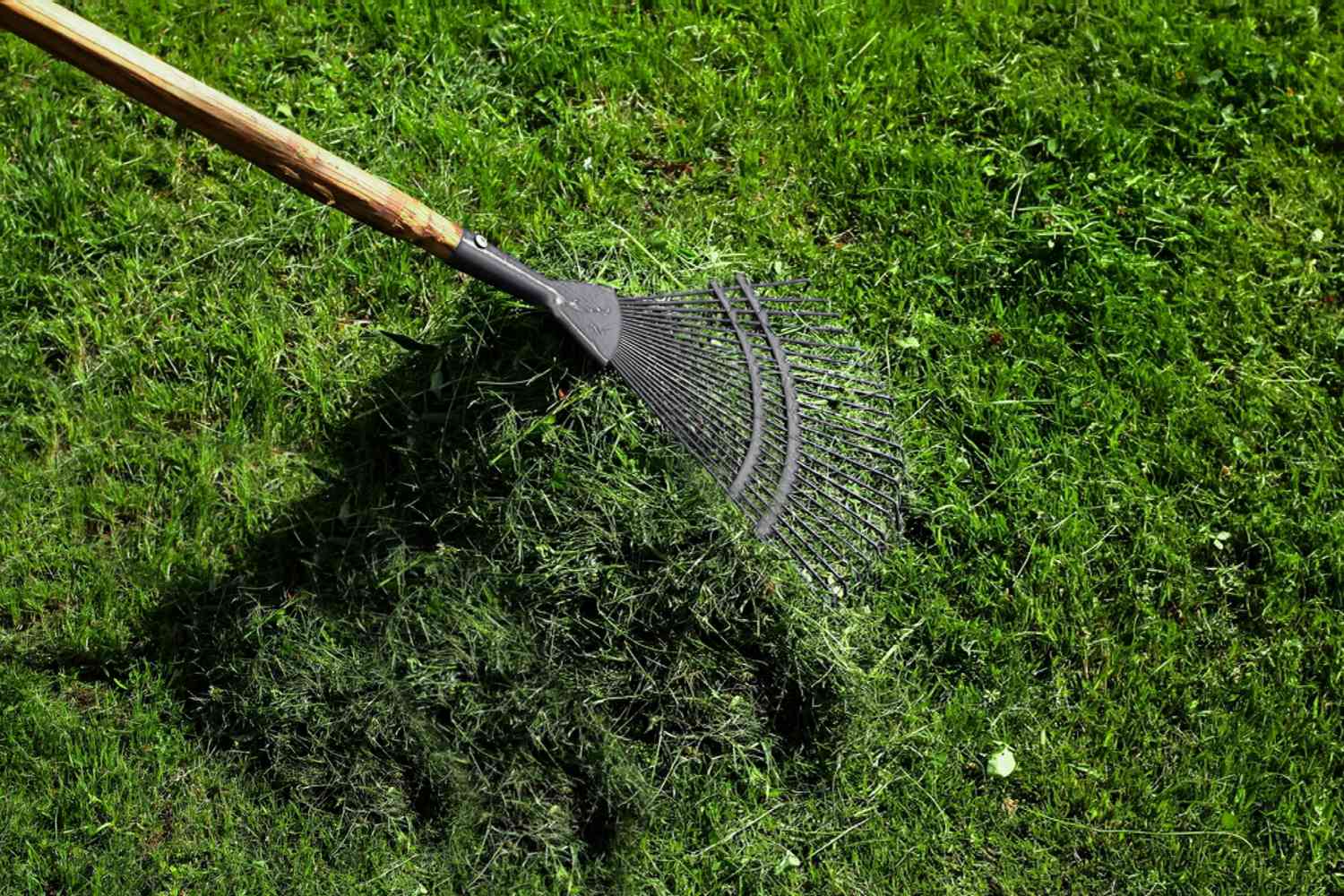
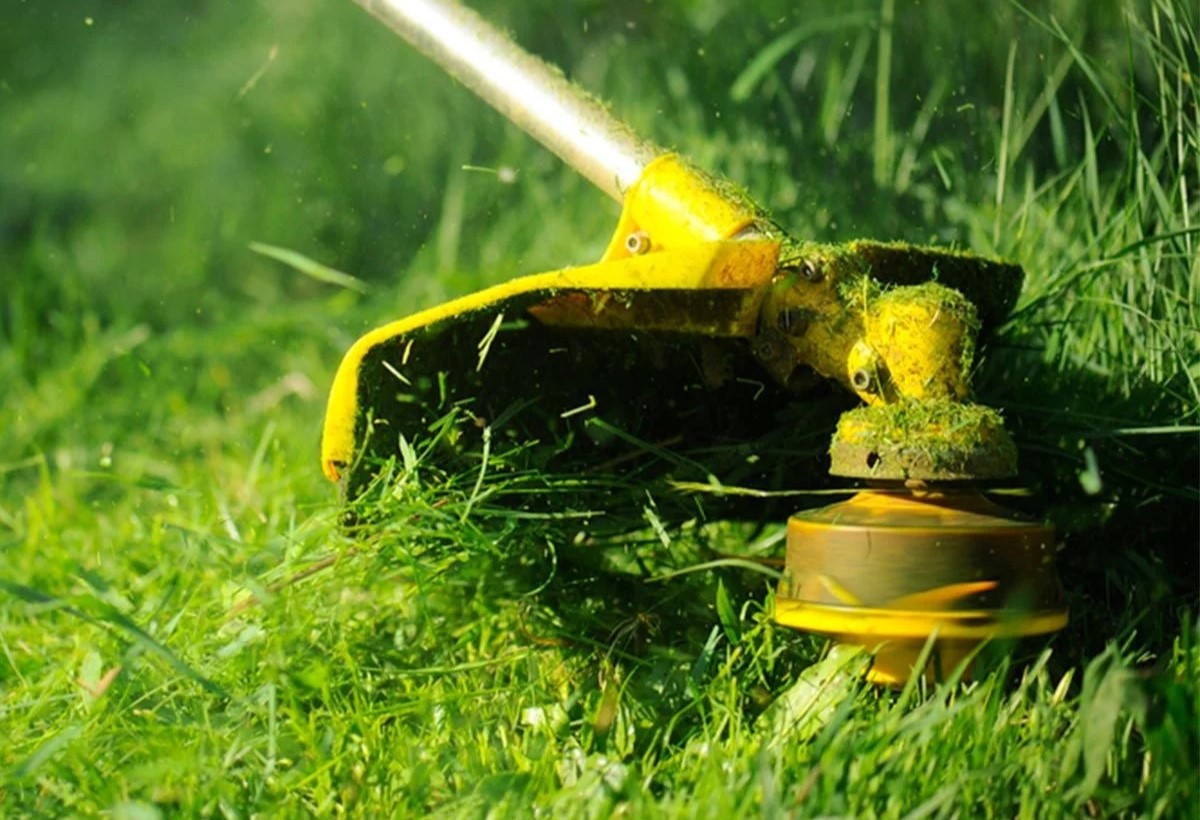
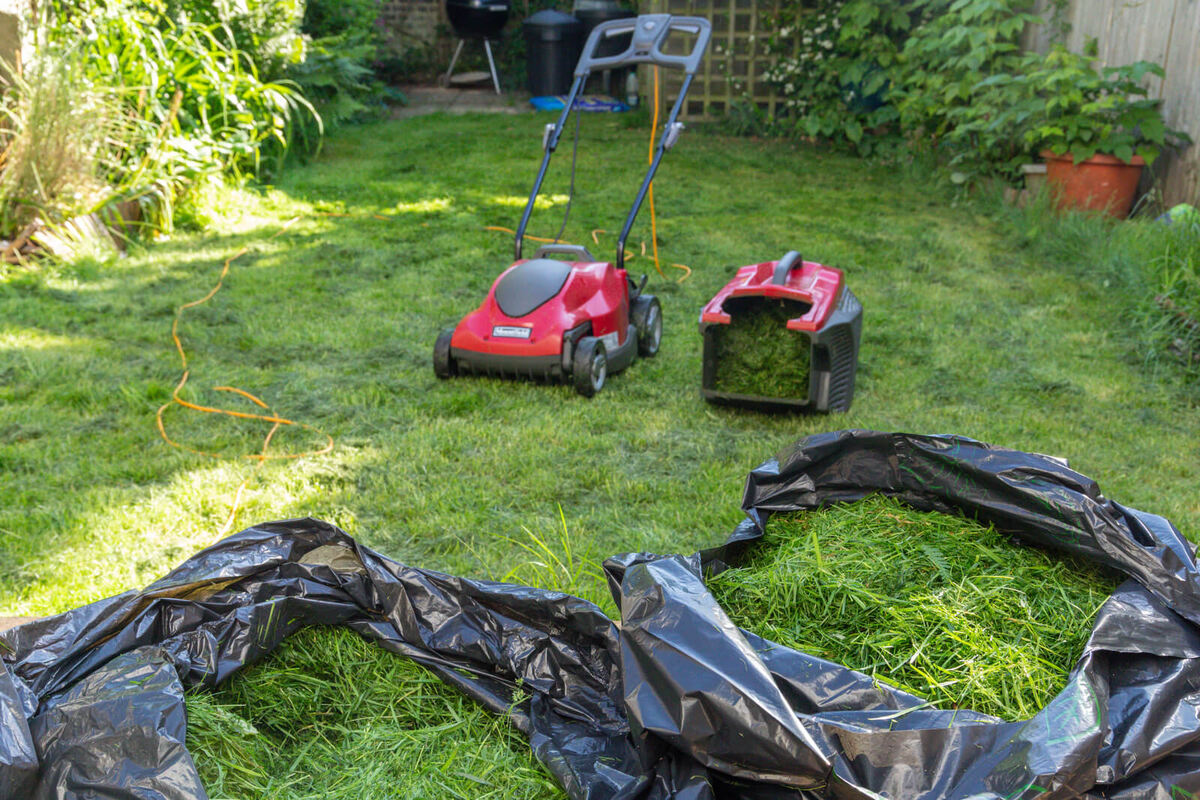
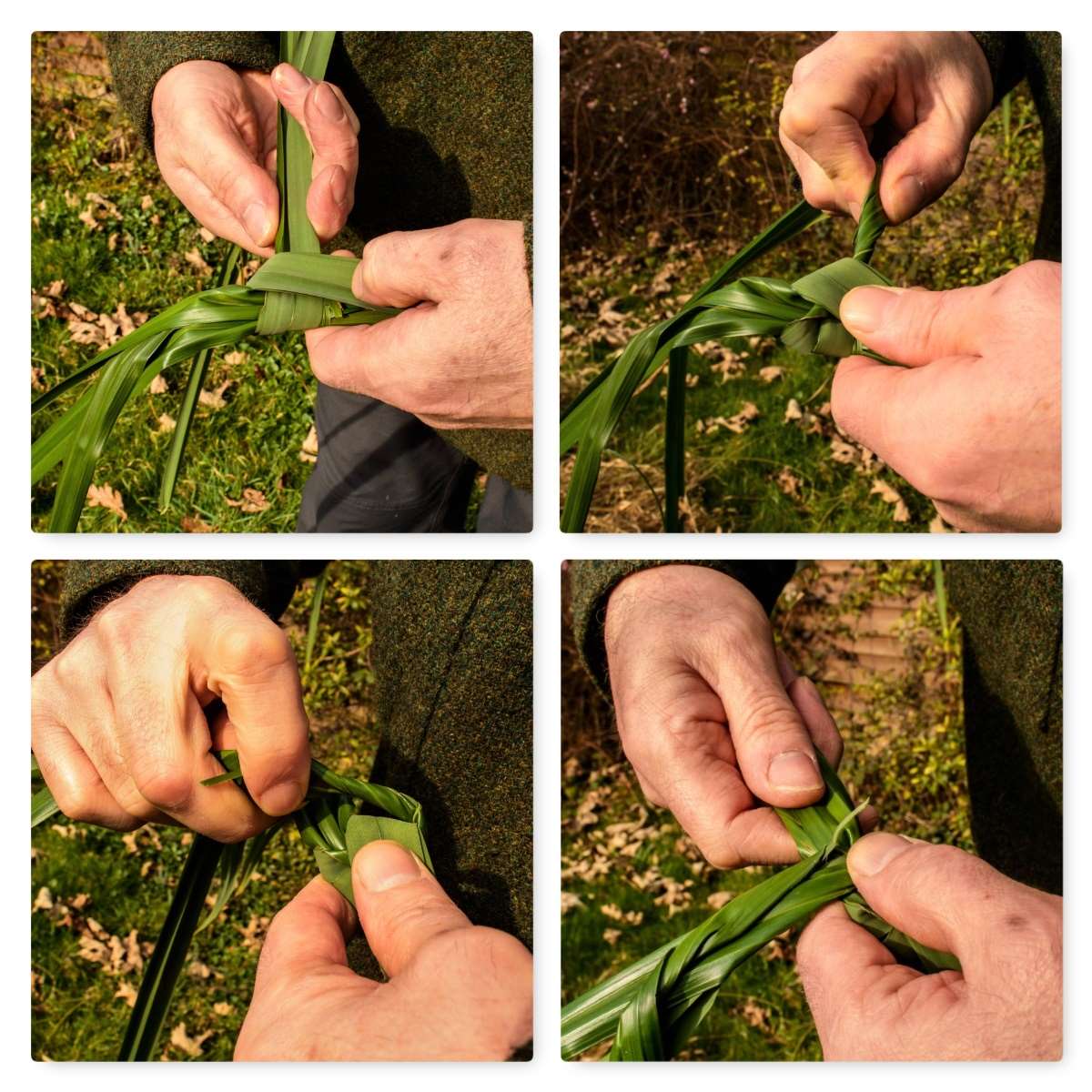
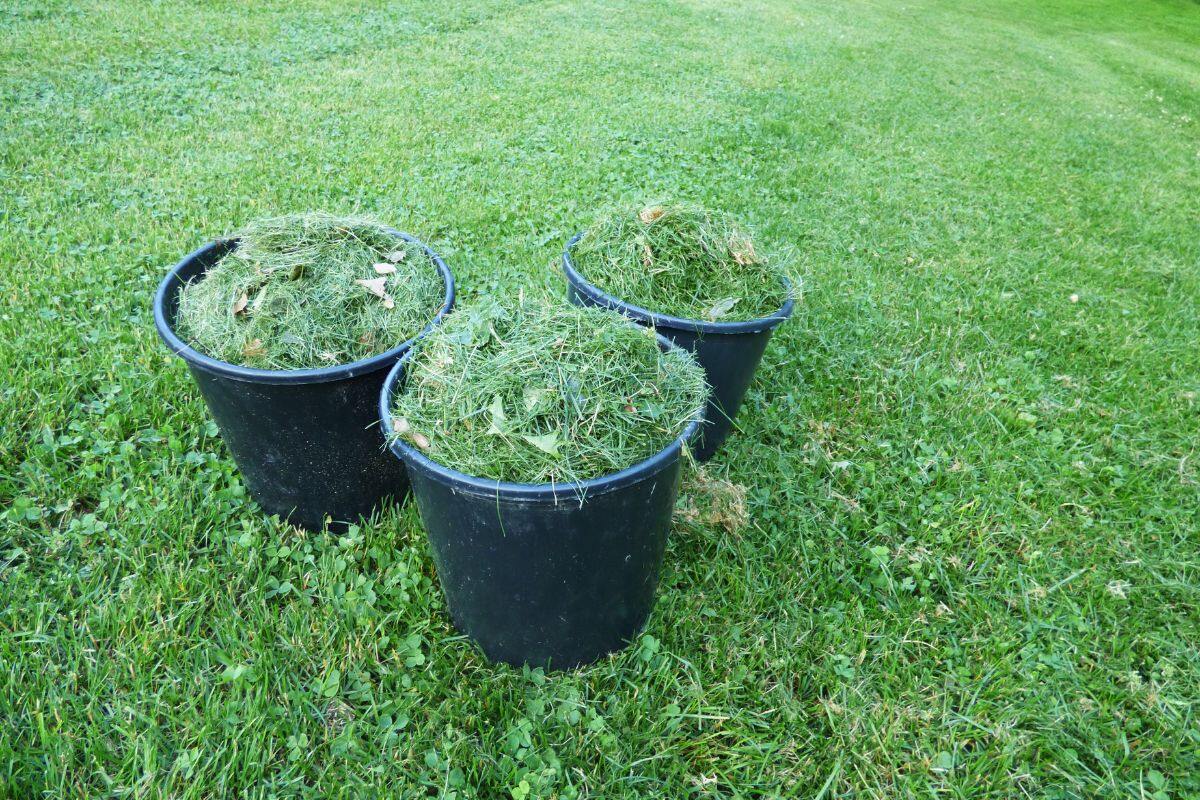
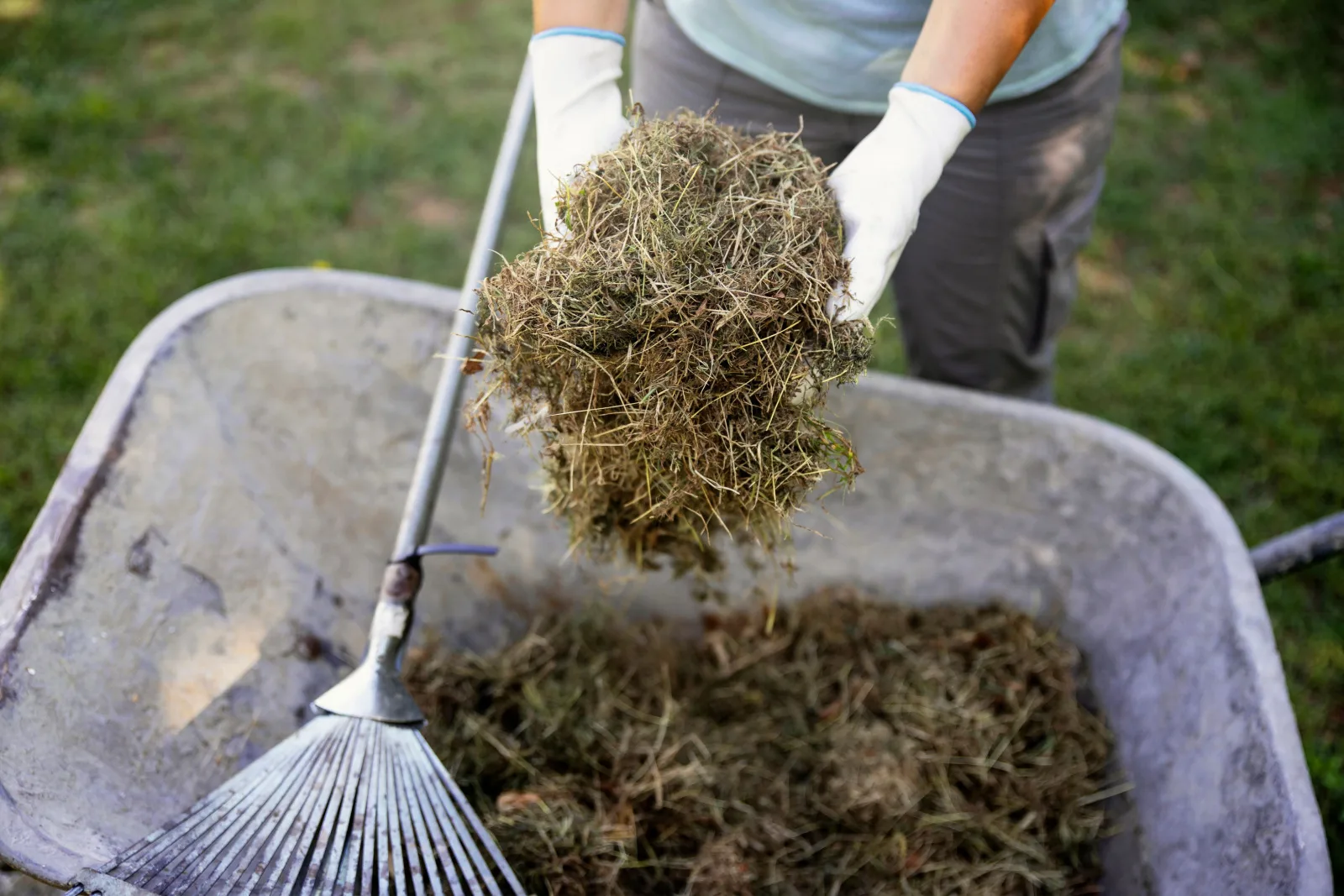
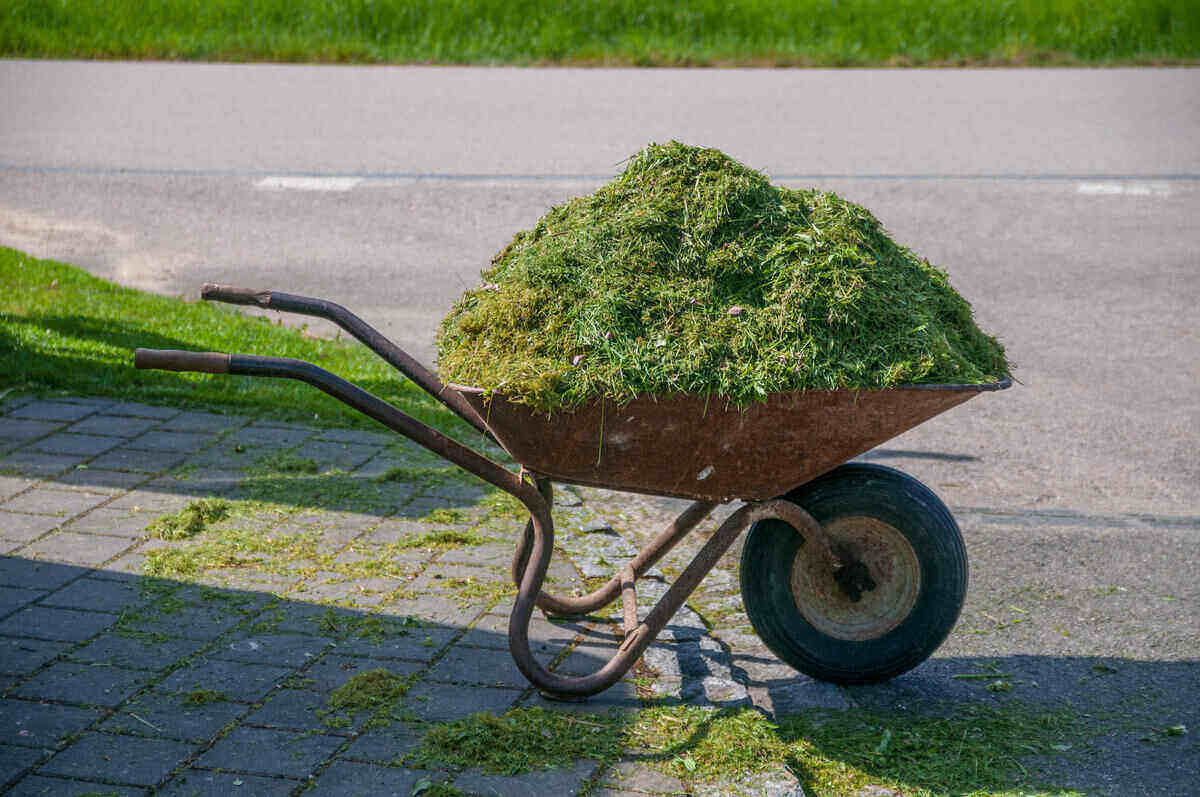
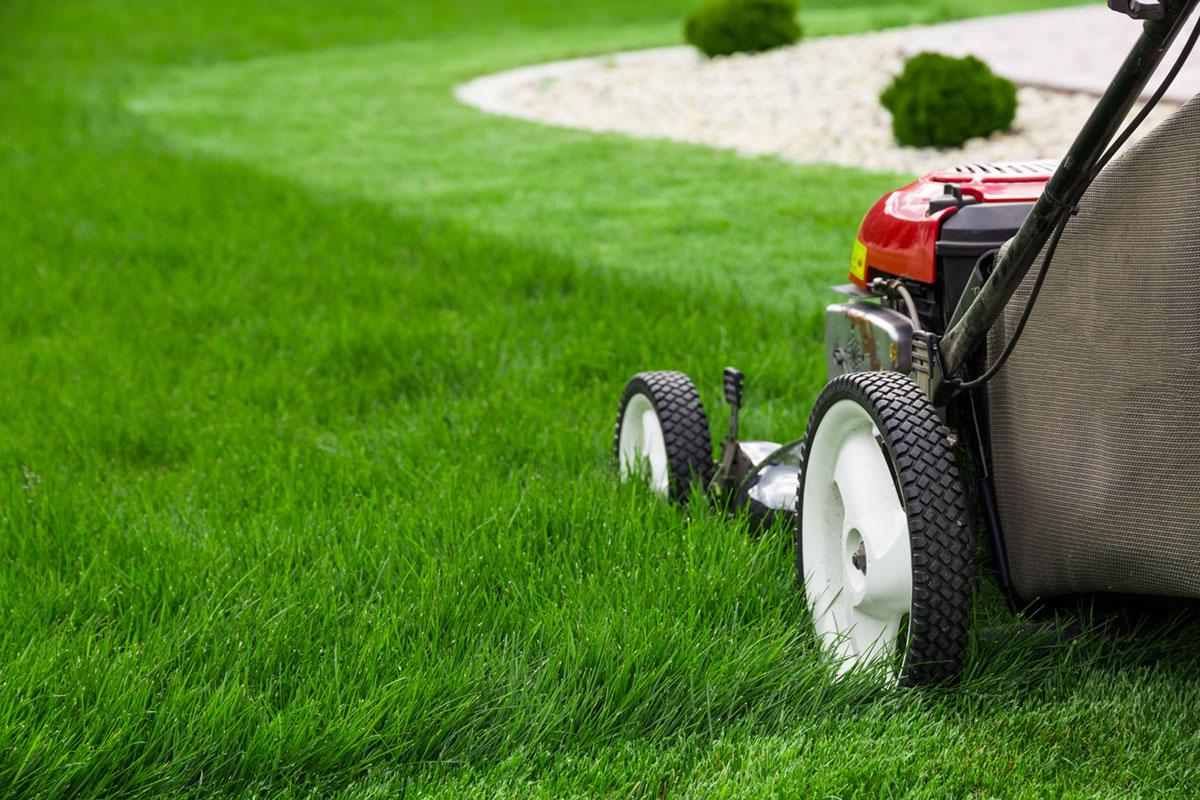

0 thoughts on “How To Make Compost From Grass Clippings”